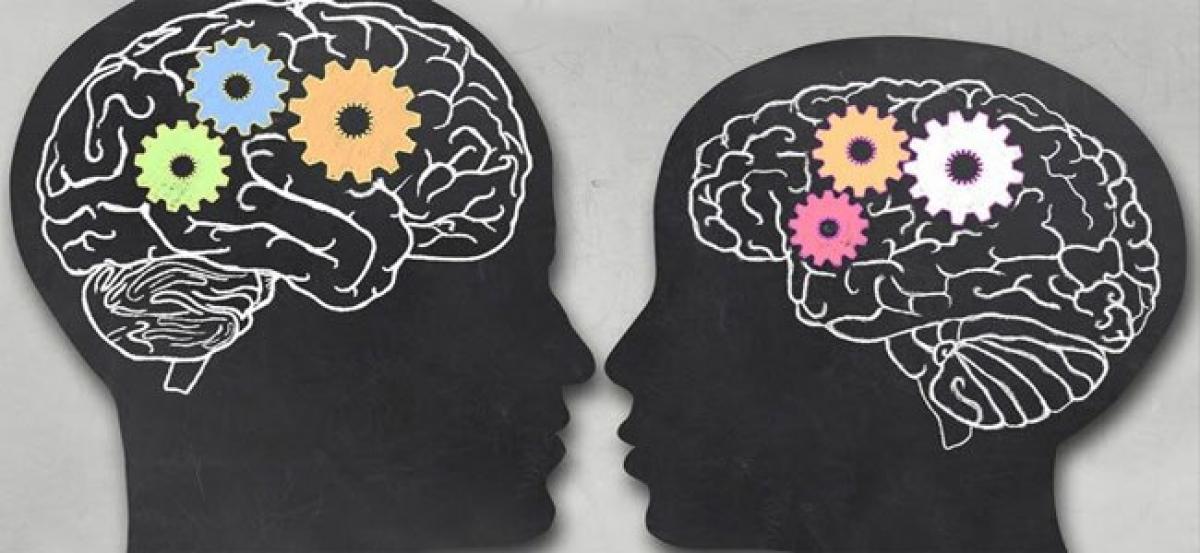Live
- ‘Yuva Utsav-2024’ commences
- Fire safety drill held at Secretariat
- Meru Srujan 2024: A Spectacular Celebration of Talent and Culture
- Representatives of VIDASAM demand resignation of YSRCP MLAs
- Police grill BRS leader Jaipal Yadav
- Revanth sells 6Gs to woo voters in Maharashtra
- Cong govt striking balance between welfare, devpt
- OU students stage protest over food poisoning
- Cops sexually assaulted women in Lagacharla, alleges Rathod
- Flight services up from Vijayawada, Vizag airports
Just In

Boys tend to be callous and display unemotional traits because of difference in brain structure, finds a research. Callous-unemotional traits are characterized by a lack of empathy, a disregard for others\' feelings and shallow or deficient affect, such as a lack of remorse or guilt.
London: Boys tend to be callous and display unemotional traits because of difference in brain structure, finds a research.
Callous-unemotional traits are characterized by a lack of empathy, a disregard for others' feelings and shallow or deficient affect, such as a lack of remorse or guilt.
These traits have been linked to deficits in development of the conscience and of empathy.
The findings showed that in typically-developing boys, the volume of the anterior insula or gray matter volume -- a brain region implicated in recognising emotions in others and empathy -- is larger in those with higher levels of callous-unemotional traits.
The volume explained 19 per cent of the variance in callous-unemotional traits seen only in, but not in girls with the same personality traits.
"Our findings demonstrate that callous-unemotional traits are related to differences in brain structure in typically-developing boys without a clinical diagnosis," said lead author Nora Maria Raschle from the University of Basel in Switzerland.
In the study, using magnetic resonance imaging, the researchers were able to take a closer look at the brain development of typically-developing 189 teenagers to find out whether callous-unemotional traits are linked to differences in brain structure. The researchers found that the relationship between callous-unemotional traits and brain structure differs between boys and girls.
Differences in reports of increased or decreased gray matter in anterior insula in community samples of boys, or boys as compared to girls, with elevated callous-unemotional-traits may reflect maturational effects (i.e. delayed maturation of this region in males), the study noted.
"In a next step, we want to find out what kind of trigger leads some of these children to develop mental health problems later in life while others never develop problems," Raschle said.

© 2024 Hyderabad Media House Limited/The Hans India. All rights reserved. Powered by hocalwire.com







